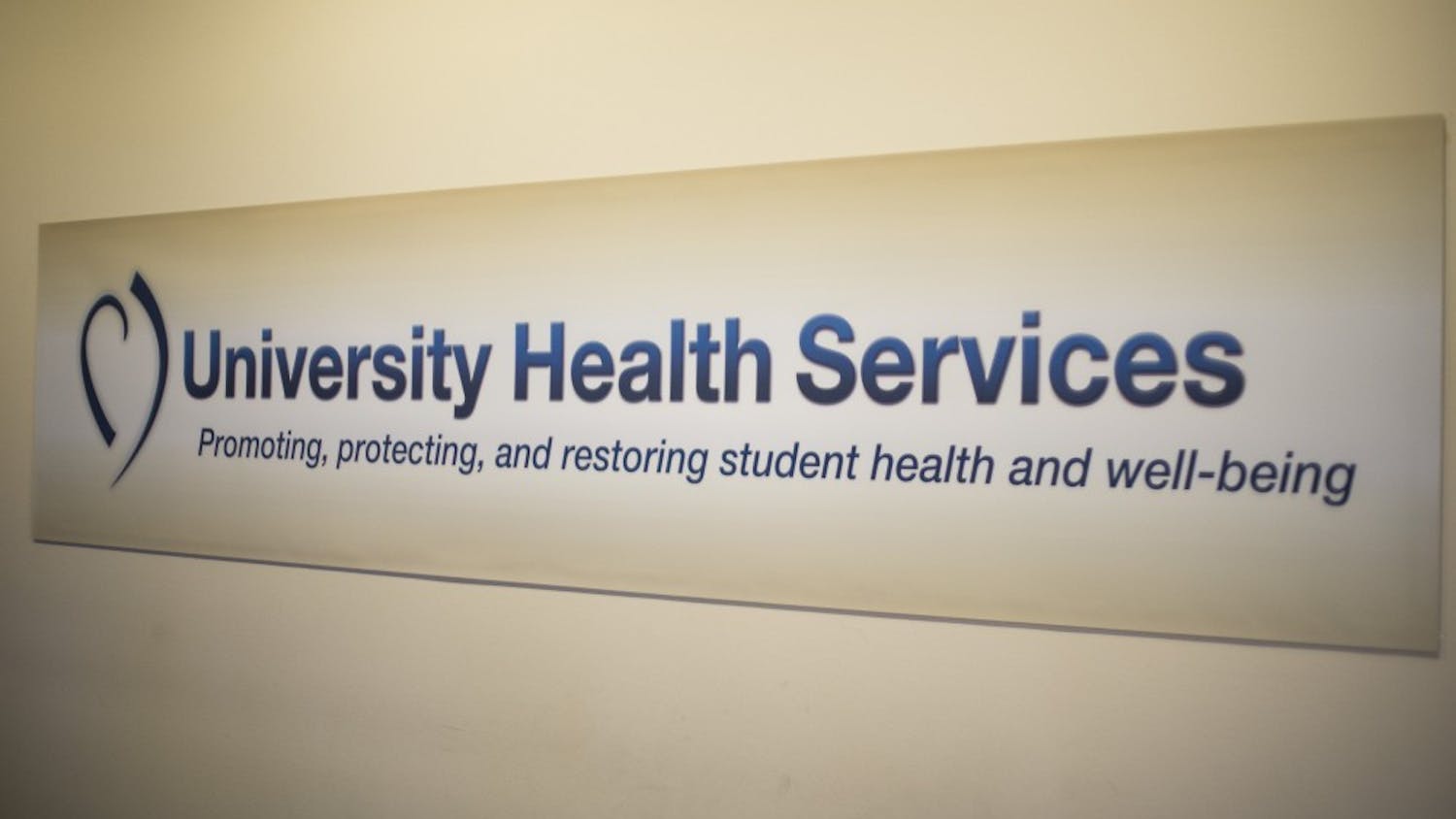The National Institute of Health approved a commonly researched line of stem cells Friday for continued use by scientists across the United States, including those at UW-Madison.
According to a release, WiCell Research Institute, the private organization that serves UW-Madison research, can now officially continue to provide UW-Madison scientists with the approved H1 line for use in federally funded research.
The release said the approved line is one of the most popular human embryonic stem cell lines used in research, and was derived by James Thomson, director of regenerative biology at the Morgridge Institute for Research and UW-Madison professor of anatomy.
The H1 line is mentioned in over 60 percent of published stem cell research findings, according to the release.
""H1 is one of the most extensively studied and characterized stem cell lines among researchers worldwide and, along with other early Thomson lines, is considered the ‘gold standard' for stem cell research by many scientists,"" Erik Forsberg, WiCell executive director, said in a statement.
Janet Kelly, communications director for the Wisconsin Alumni Research Foundation, said the ability to continue to use the H1 line is crucial to UW-Madison stem cell research.
""The inability to use H1 going forward could have meant huge disruptions in ongoing research and the loss of valuable time in advancing the use of stem cell science from lab to patient care in therapies that have the potential to treat or cure heart disease and such devastating diseases as diabetes, Alzheimer's, Parkinson's and spinal cord injuries,"" she said.
The approval of the H1 line occurred on the heels of an $8.8 million research grant the UW-Madison Waisman Center received last week from the National Heart, Lung and Blood Institute.
The grant will help fund stem cell production technology, specifically projects relating to heart, lung and blood conditions.
Although embryonic stem cell research has enormous potential, many UW-Madison researchers say the first step is to remain patient as most discoveries take 10-15 years to pay off.





